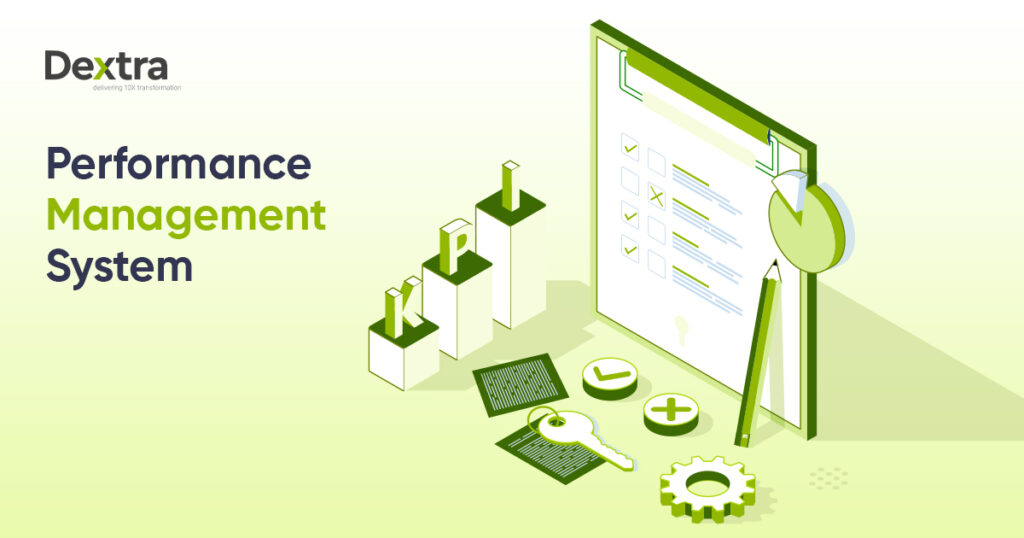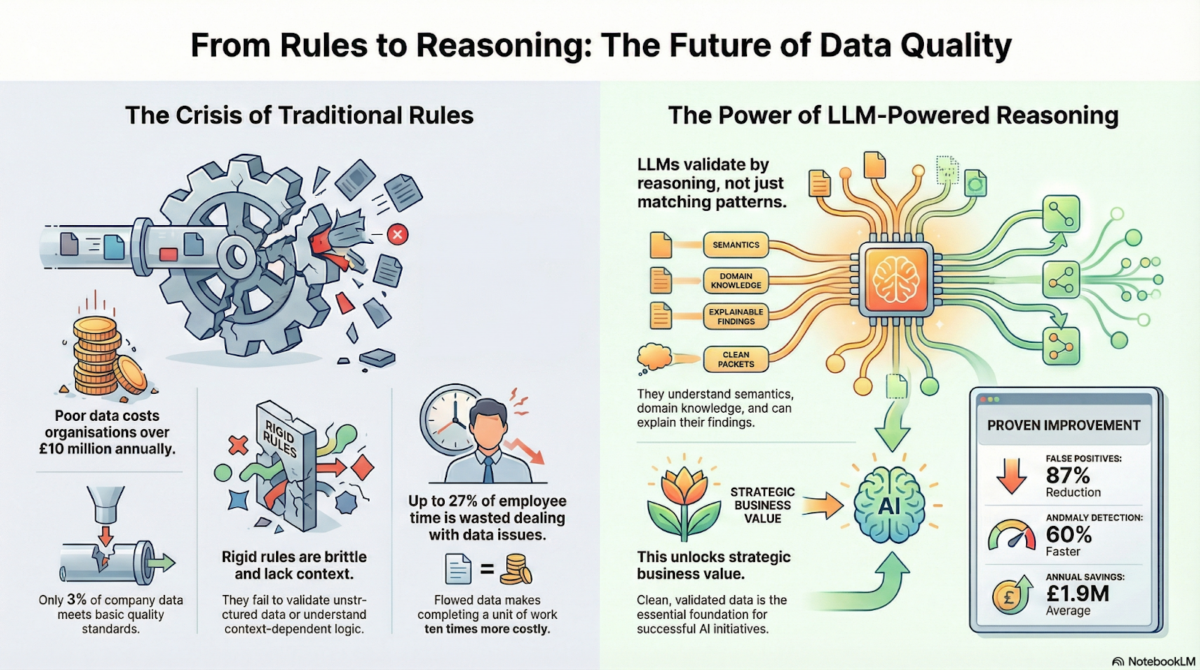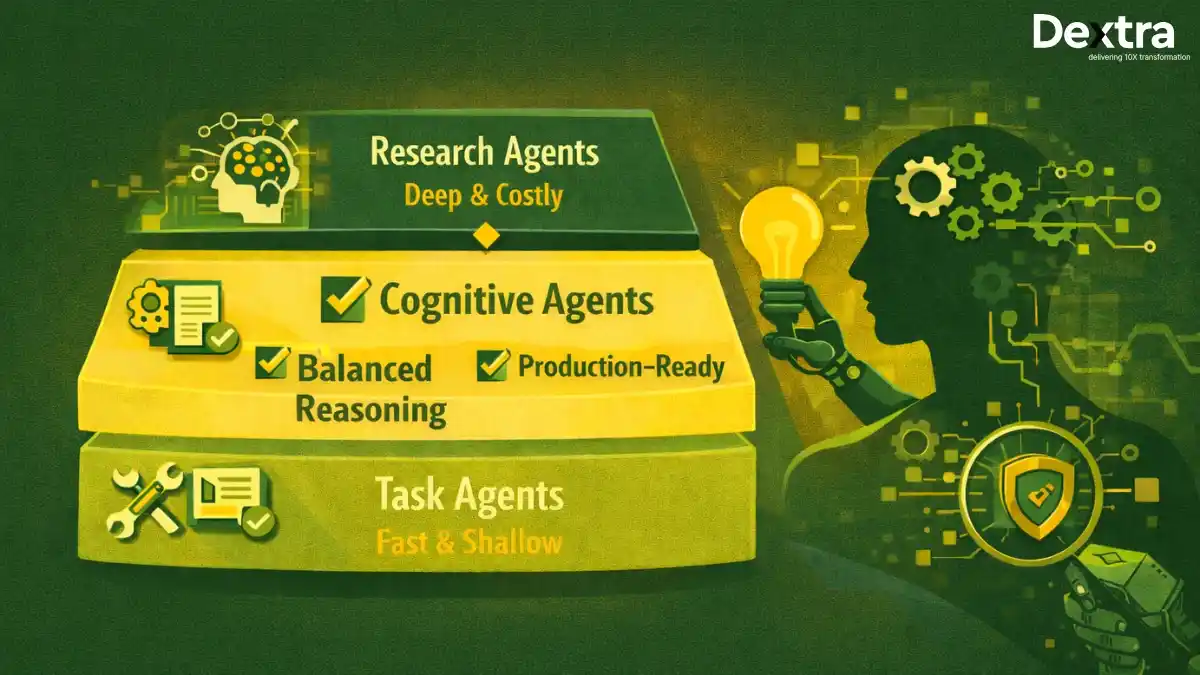In the rapid growth and competitive digital world, enterprises face market challenges through continuous updates, changing marketing dynamics and trends, and expanding market demands. Therefore, every business is developing more dedicated and competent teams to perform according to the business policies to acquire prompt and compelling results with innovative ideas to craft the best-performing products in the challenging market. The race to set space for each product and its performance in the problematic market requires dedicated teams to manufacture and continuously monitor throughout the manufacturing channel for the best-optimized results.
In this article, we share a detailed overview of a controlled and compelling business performance management system and the critical factors to adopting the best performance monitoring system to install and get remarkable results. This article resonates with recent market trends to help you understand and craft business strategies.
What is a Performance Management System?
The performance management system is a planned setup to encourage enterprises to check the performance of individuals in the operational lines, evaluate their potential and outputs, and craft business policies to bring more innovative results. This is a systematic approach involving setting up the company’s objectives, collecting regular feedback from the stakeholders and the end users, monitoring the teams to see whether they are working aligned with business strategies, and sitting to craft advanced-level policies and goals for business optimization.
This structuring channel, such as monitoring, evaluating, integrating feedback, smoothing communication mediums, and scaling up business strategies, can assist you in fostering updated marketing trends, identifying deficiencies, and finding the market gap to produce more admirable products for the long run in the market. Moreover, you can make more controlled policies to retain the best-performing employees or the team.
Top Five Types of PM Systems
Every business’s primary objective is to set up a dedicated team and divide the project accordingly. These relevant teams can obtain astonishing results and work according to the updated feedback to overcome deficiencies and bring promising results. Read the top PM systems to boost your business performance and overall mediums to produce quality products through dedicated manufacturing teams.
1- 360-degree Feedback Collection System
Each business model requires a monitoring set-up to implement all the policies and strategies for capturing results. The success of each project depends upon customer satisfaction, and the team can optimize products by gathering all the relevant feedback from the stakeholders and the end user to avoid all discrepancies in further production. Teams should collect feedback from all mediums, such as in-line employees, supervisors, managers, and particularly from users. It can provide a variety of opinions, which helps develop advanced strategies and set goals.
The 360-feedback system can compile a comprehensive list of data driven from all the operational and user channels for solid checks. Still, it is time-consuming and unfiltered and requires an expert team to filter and forward the relevant feedback.
2- OKR System
The second most in-demand monitoring system is setting up the company’s objectives and key results (OKR) in a controlled system to bring impeccable results. Obtaining high-quality results can be a challenging task. Still, this system allows you to streamline the business objectives in a delectable format to elaborate and understand the project details to shape a comprehensive product. OKR system is also called a detail-oriented system to collaborate individuals with teams, supervisors, and managers. You can assign the task and check at each point to bring accurate results under transparent control.
The best part of this system is aligning the teams and shaping the groups according to project quality by implementing project strategies and policies. You can monitor each individual’s performance and check whether they obey the business objectives. However, this system can be complicated for some businesses and is suitable only for specific projects.
3- MBO System
MBO stands for Management by Objectives. It reflects the stance of the MBO system, which brings together all the concerned teams and managers with one objective: to boost project efficiency. This collaborative environment can assist in designing business strategies and crafting more strategies at many stages in the project lifecycle. Therefore, the monitoring team can quickly assess its potential and review its outputs based on their alignment with project requirements.
This is the most crystal and transparent performance management system for collaborating, communicating, setting mutual goals, and fostering engagement. However, if the team does not participate in the collaborative system, all the business strategies can be somewhat damaged. Therefore, performance checkers should implement valuable checkpoints to measure accurate performance and outputs.
4- Balanced-Scorecard System
One of the best and most versatile performance monitoring systems is the Balanced-Scorecard system, which indicates collaboration and strong communication mediums in controllable manners. This system includes all the essential project monitoring requirements to monitor each segment in the flowline. Enterprises can adopt this system for multiple purposes, such as team collaboration, communication, checking internal business operations, and high performance to achieve ultimate growth.
This system provides benefits, including comprehensive control over performance checking and compiling operational strategies. It can also be integrated into long-term projects. Anyways, it can be challenging for inexperienced teams and small-scale businesses. It is an expensive system that requires competent teams and environments to monitor and control.
5- Project-Based Management System
Some companies are adopting this management system to check and evaluate the team’s performance based on each project they are working on. This system assists in extracting the best potential employees, which helps form the teams for the next project.
This performance management and monitoring system is suitable for small-scale or project-based companies. Its key benefit is attracting the top-performing and contributing talent and allocating the best-matched tasks to those employees or teams. However, it doesn’t specify that low-performing employees cannot perform better in their next project.
Essentials of Performance Management System
1- Setting Top Goals
The systematic and automated approach of the PM system can align the priority tasks according to their urgency. These systems play an assistive role in compiling data sheets to craft dedicated policies and setting high-end goals to provide more accurate and market-competitive results by optimizing the team’s performance with continuous improvements and monitoring. Therefore, each business model’s primary goal is to bring the top priority goals and align them with the operational teams.
2- Deploying Feedback and Communication
These performance management systems can gather feedback from the stakeholders and end users to bring innovative ideas and compelling results. These systems can also assist in smoothing the communication channel from the top-tier management to the end operational worker to deploy the updated communication to address the deficiencies in the product. A solid communication channel can minimize the risk of misunderstanding the project and can also assist in understanding the tiny parts of the project.
3- Individual & Group Performance Monitoring
Some performance-checking systems and tools can help enterprises monitor individual efforts and their outputs to be checked for the next project. This is the best model for businesses working on a project-to-project basis. Moreover, these systems can also be used for performance checking and collectively evaluating the working potential to form a dedicated team for specific and urgent project completion. Small—and large-scale companies should monitor the team’s performance to minimize operational costs and encourage them to engage in business-boosting activities.
4- Retaining & Rewarding The Best Performing
All the data collected by the team monitoring experts can help them evaluate the individual and group potential and outputs to estimate the expenses. This data also assists them in making decisions about the best-performing employees, and the department can use this data to retain the top talent policies and craft their incentives and facilities according to their outputs and potential.
5- Collaboration of Employer and Employees
The performance management system and tools generate valuable data on business potential and employees’ performance charts to develop more dedicated policies for business optimization. This system can collaborate with employers and employees to align business policies for speedy project completion and meeting deadlines in competitive times.
6- Division of Tasks to Relevant Teams
A team performance management system can evaluate the team’s performance and divide the tasks according to each member’s expertise. These data-driven systems benefit task allocation to the dedicated teams, which ultimately helps calculate the facts and figures to complete the task in a dedicated period.
Valuable Suggestions to Improve the Performance Management System
These performance management systems are unsuitable for every business model and incompatible with many small—and large-scale enterprises. Therefore, companies that do not align with this management system, like business methodologies, are a big concern. There are valuable suggestions for overcoming discrimination and adopting a well-fit system for the relevant business model.
-Craft more monitoring management systems fit for each business system
-Tools should provide research data and not only rely on the post-driven data
-Hybrid approaches for multiple businesses
Application of Performance Management System
- HR
- Monitoring and Supervising Teams
- Project Managers
- Business & Performance Consultants
Top Performance Management Software
After integrating the performance management system and collecting relevant data from the operational channel, the next step is plugging in reliable software to keep records of the employees. This software can generate ideas, assist in making business policies, set goals, and filter relevant feedback collected from the market. Here is a list of some performance management software to boost your business scalability in the coming financial year 2025.
1- Perform Yard
This software is most compatible with manufacturing businesses that want to streamline their workflow with continuous feedback gathering and pass the updated information to the operational lines. Perform Yard can modernize your business’s scalability and help measure controllable actions to review the employees’ performance, goals, and feedback. Perform Yard is the best choice for small-scale companies or project-to-project startups, and it provides a two-minute demo guide to understanding software operations.
This software’s compatibility enhances the goal-setting facility, crafting business objectives, and providing data-driven reporting for maximum outreach. It is trusted by over 2,500+ businesses worldwide, including Capterra, Software Advice, and TrustRadius.
Why Perform Yard?
- 360 reviews
- Easily customized
- Employees Appraisals
- Quarterly Check-ins
- One-on-Ones
- Project-based Performance
2- MiraTech
Miratech is considered the top track star in the performance management software list. This software is built to manage modern organizations and track their employees’ performance on an individual and collective basis. Miratech is also the ideal choice in the coaching industry to track and optimize the client’s performance and keep their record in a secure data format for future benefits. More than 3000+ HR companies are using this software to streamline their hiring and deployment process and filter the top talent with suitable and customized tool integrations. Some big companies using Miratech are the University of California (SF), Ring Power (CAT), BAUSC Health, and many others.
Why MiraTech?
- 360-Degree Feedback
- Self Evaluation
- Goals Setting
- Employee Engagement
- Session Planning
- Shareable reports
3- Motivosity
This is a solid tool to help you evaluate the employee’s potential and recognize and reward them accordingly. This best recognition and rewarding solution provides multiple integrations to streamline your hiring flow and allocate the best talent to the specific project.
Why MiraTech?
- 360-Degree Feedback
- Unite Your Company
- Automate Employee Recognition
- Prompt and Flexible Reward
- All Programs Under One Place
Frequently Asked Questions
Q. Why are companies developing Performance Management Systems?
Business streamlining and optimization depend on monitoring and controllable actions under competitive marketing dynamics. These systems can generate favorable ideas and bring innovation into the business cycle, enabling speedy project completion.
Q. Which Companies are using PM software?
Many companies use PM systems and software to track their business performance individually and collectively. However, business consultants are trying to craft more policies to develop new systems that resonate with multiple businesses.
Wrapping Up
Ultimately, we conclude that the desired intent of business in monitoring and controlling business efficiency is achievable through valuable and relevant business performance management systems. You must carefully choose the best system for your business to integrate the tools and data to measure the employees’ potential and check on the business outputs. This performance management software can help companies take necessary actions based on collected data to streamline their business processes and allocate high-performing talent to the relevant department for maximum output.








